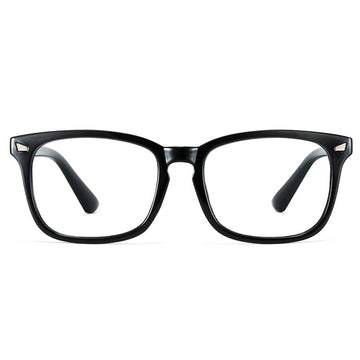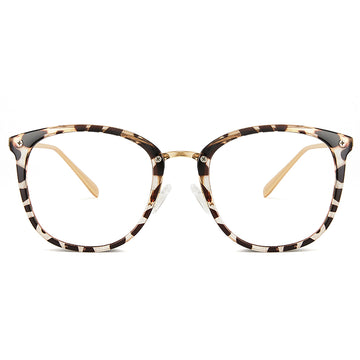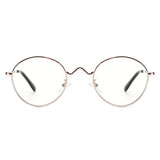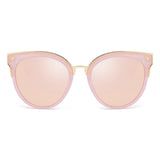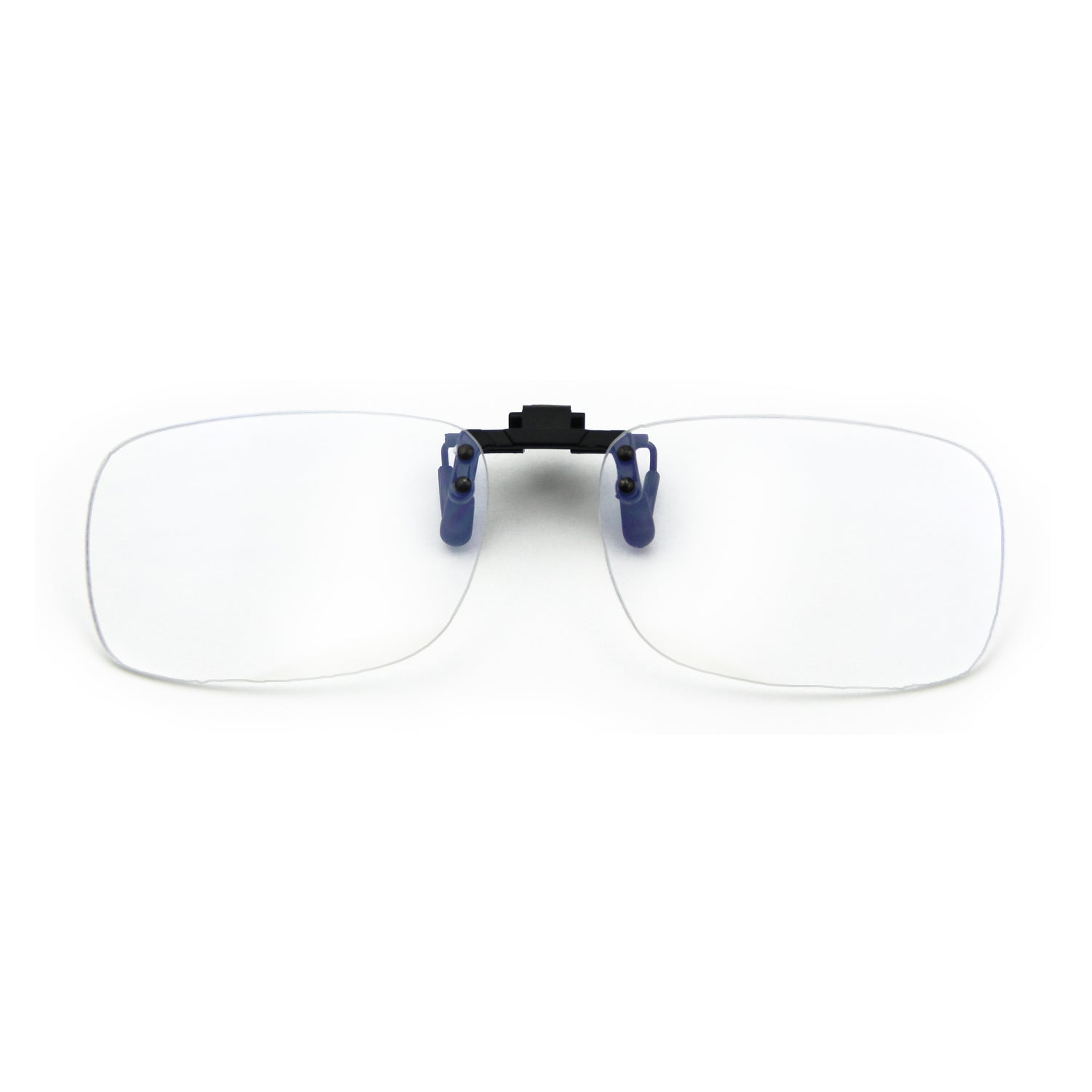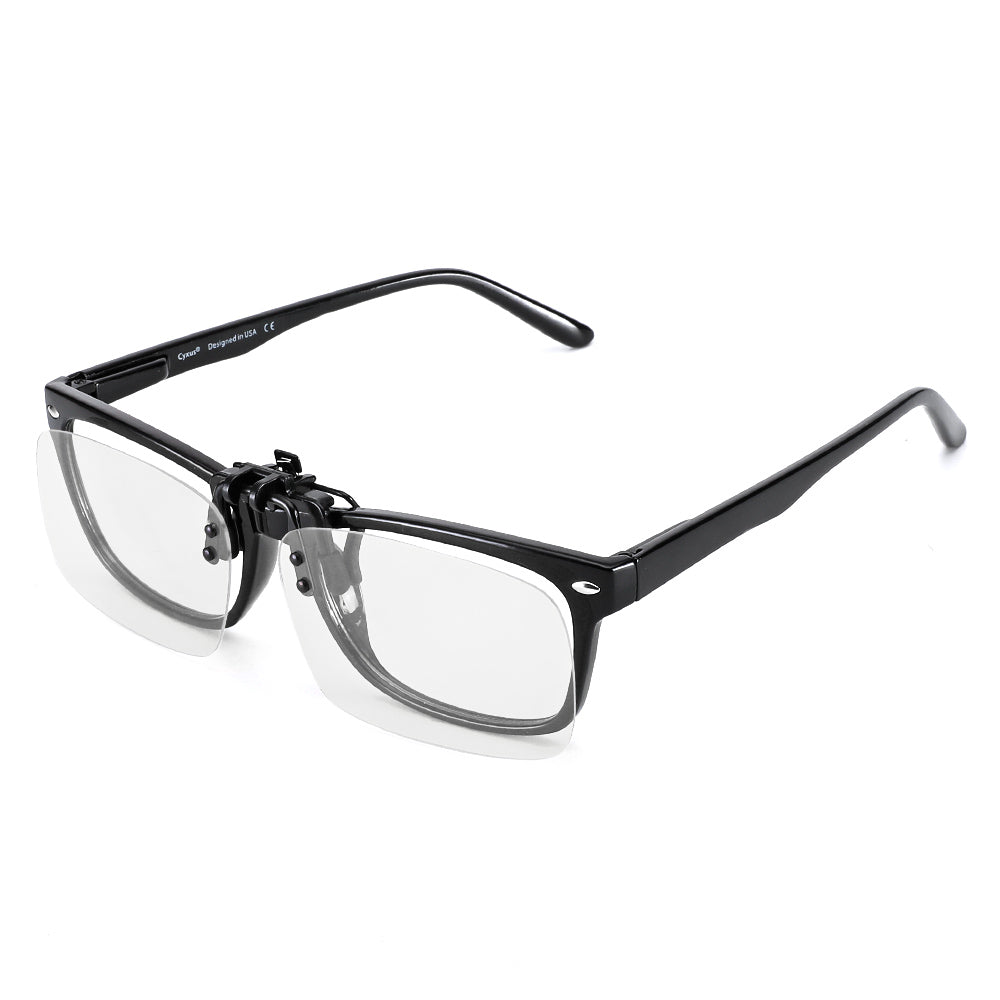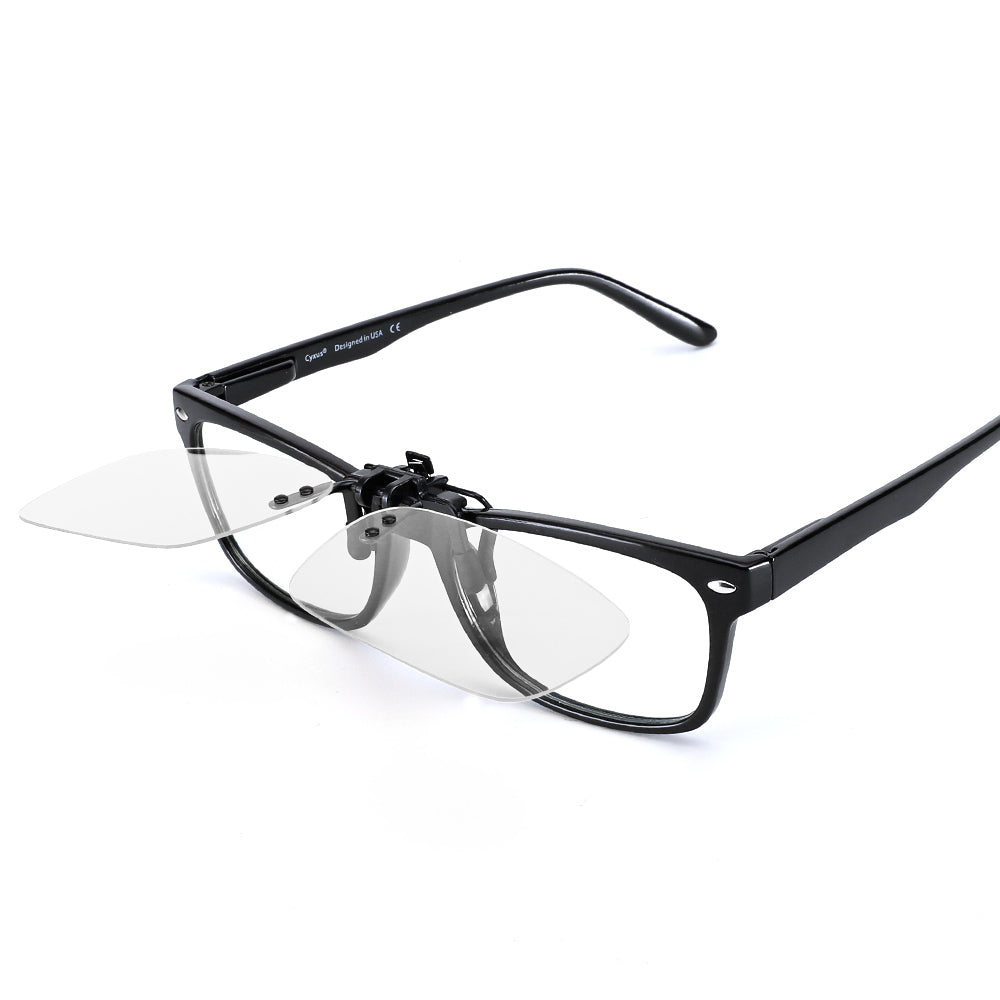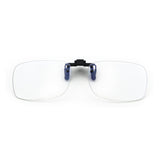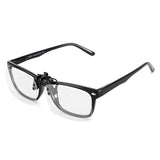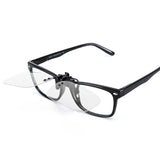Clip On Glasses 8000T04

SPECIFICATIONS
- Rim: Rimless
- Shape: Rectangular
- Lens Material: Polycarbonate (What's PC Lens?)
- Feature: Clip-on/clipons, UV400 Protection
- Gender: Male / Man's glasses, Female / Woman's glasses
FRAME SIZE
- Frame Width: 132 mm
- Lens Width: 60 mm
- Bridge: 12 mm
- Lens Height: 40 mm
- Weight: 9.4 grams
- Available Color: Clear Lens (8000T04)

ENJOY YOUR DIGITAL TIMES with Cyxus Blue Light Blocking Glasses

Reduce Eye Strain
Excessive exposure to blue light could lead to digital eye fatigue/exhaustion and vision problems. With Cyxus glasses, no more dry/tired eyes. Anti eye strain when using a phone, tablet, laptop, TV, or computer. Great for anyone who would like long-term eye protection from staring at a screen.

Headache Relief
Blue light can lead to headaches, migraine attacks, and other health issues. Cyxus blue blockers or blue-light filtering glasses will keep you healthy by blocking harmful blue light from digital screens while letting in all other beneficial light. Recommend for anyone who already has a migraine.

Better Sleep
Blue light in the evening tricks the brain into thinking that it is daytime, which inhibits the production of melatonin and reduces both the quantity and quality of sleep. Fortunately, Cyxus blue light filter glasses can block blue light from entering your eyes and disrupting the natural sleep-wake cycle, improve your sleep.
Tag @Cyxusofficial or #cyxus on Instagram to be featured.

FAQ
Is Cyxus HEV-Absorb a regular lens with a special coating?
No. HEV-Absorb blue blocker lenses are made with a special blue-light blocking polymer, that is directly incorporated into the lens materials. That means the blue- blocking technology won't chip or wear away. By absorbing blue light, this polymer prevents blue light from passing through the lens to your eye.
Does Cyxus HEV-Absorb come with UV protection coating?
Yes. HEV-Absorb comes with a UV420 protection coating.
Is Cyxus HEV-Absorb the same thing as computer glasses?
Yes and no. Cyxus's HEV-Absorb blue blockers are blue-light blocking lenses that are designed for all-day wear and protection from blue light. Whether you're a heavy computer user or not, HEV-Absorb lens blue blockers can be worn like regular glasses to protect your eyes from harmful blue light emitted from any digital device, as well as artificial fluorescent and LED light exposure. HEV-Absorb lenses are not like the yellow/orange-tinted specialty computer glasses designed specifically for computer and gaming use.
Should my child wear the HEV-Absorb lenses?
Yes! Children are especially vulnerable to the effects of blue light because their eyes have not yet developed natural defenses against UV and blue light. Now that smartphones, computers, and tablets are a regular part of kids' lives, they need blue protection more than ever.
How does blue light affect the eyes?
Prolonged exposure to high-energy visible (HEV) blue light can lead to eye strain and blurred vision. Studies have shown that it may also damage the retinal cells which can lead to an increased risk of developing age-related macular degeneration. Macular degeneration leads to vision loss over time. The HEV-Absorb blue blocker lenses block blue light and provide maximum UV coverage to protect your eyes.
See more: Cyxus HEV-Absorb Lens Technology!
Returns Policy
You may return most new, unopened items within 30 days of delivery for a full refund. We'll also pay the return shipping costs if the return is a result of our error (you received an incorrect or defective item, etc.).
You should expect to receive your refund within four weeks of giving your package to the return shipper, however, in many cases you will receive a refund more quickly. This time period includes the transit time for us to receive your return from the shipper (5 to 10 business days), the time it takes us to process your return once we receive it (3 to 5 business days), and the time it takes your bank to process our refund request (5 to 10 business days).
If you need to return an item, please check out our Return Policy first.
Shipping Information
A full list of the countries where we ship glasses is available on the Payment Page. For more info you can check out our Shipping Information page
When you place an order, we will estimate shipping and delivery dates for you based on the availability of your items and the shipping options you choose. Depending on the shipping provider you choose, shipping date estimates may appear on the shipping quotes page.

Lens Thickness and Refractive Index
The thickness of the lens is related to the refractive index. The higher the refractive index, the thinner the lens. You can choose the lens that is more suitable for you according to your own habits and preferences.

How to Choose The Index
If you don't know how to choose the Refractive Index,you can refer to these informations,and you can get the most comfortable prescription glasses.

How to Read Your Prescription
1.What does my prescription (Rx) mean
‘+’ or ‘-‘
‘+’ – Shows if you are long sighted (longsightedness)
‘-‘ – Shows if you are short sighted (shortsightedness)
If your Sphere (SPH) is ‘+’,you are farsighted,please tell us that after you put on the glasses, do you see further clearly or see near clearly compared with not wearing glasses.
Each row of an Rx has three main sections: Sphere (SPH), Cylinder (CYL), and AXIS. The SPH section corrects nearsighted or farsighted vision. The CYL and AXIS sections correct an astigmatism.
There may also be a fourth section on the Rx , NV-ADD (for Near Vision-Reading ADDition), which could be used to order a pair of bifocal or progressive glasses with a close-up vision section in the bottom part of the lens.
The SPH, CYL, and NV-ADD numbers will always have a plus or minus sign.
How to Measure Your PD
PD stands for Pupillary Distance, which is the measurement from the center of one pupil to the center of the other. Your PD is an important factor and tells you where you look through the lens of your glasses and should be as accurate as possible. For people with strong prescription, this is especially important. You can normally find your PD on your prescription. Generally speaking, the PD numbers for adults stays the same. The average PD range for adults is 57-72 mm and for kids is about 43-58 mm.
Your pupillary distance (PD) is the measurement of the distance between your pupils.

This is needed for the manufacturer of the eyeglasses to know where to place the optical center on each lens, so you can see well with the glasses.
